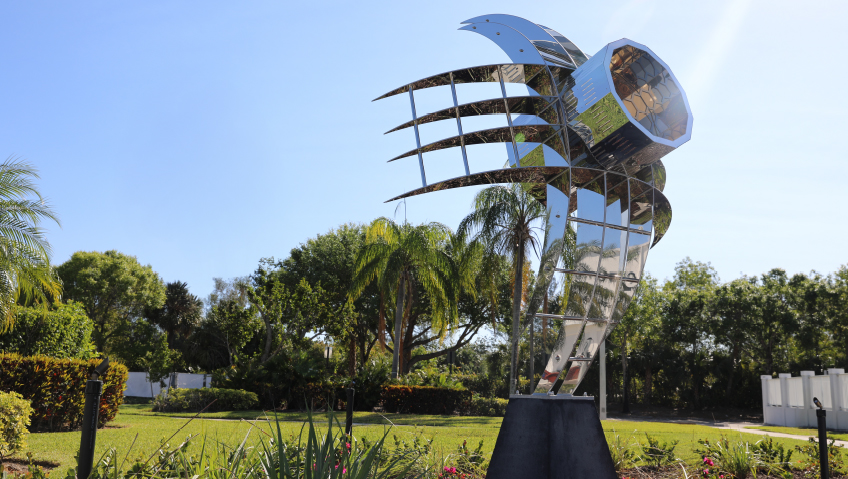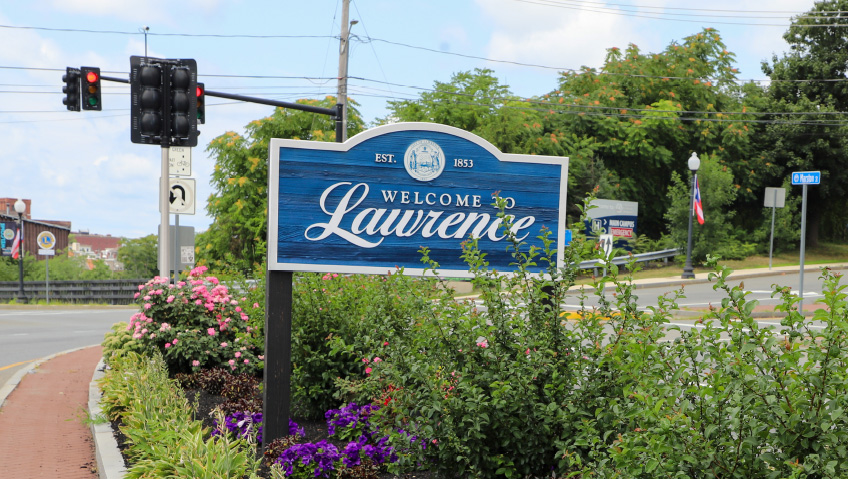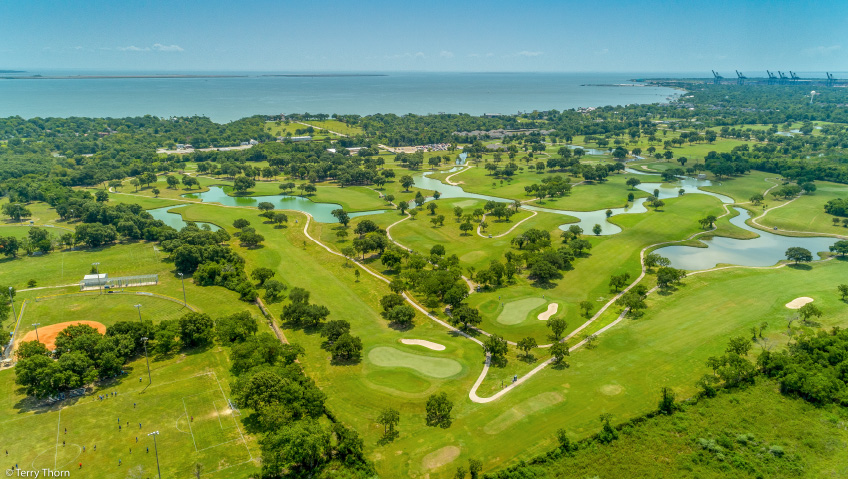Good things are grown in the Sunshine State, including the City of Palm Beach Gardens, a principal city of the Miami Metro Area that has grown significantly in terms of size, population, and reputation thanks to the unmatched quality of life it affords and the forward-focused investments of city leadership.
Recognized as being home to PGA of America, golf is certainly a draw in the area, as it is regarded as the “crown jewel of Florida’s Golf Capital,” but more than that, it is the diverse housing stock, commercial, retail, and recreational opportunities that have gained attention. The city takes a family-first approach that ensures there are countless amenities available, a standard that it seeks to maintain as the city continues to grow without compromising service delivery.
From Planning Director Natalie Crowley’s perspective, “Balancing new growth in a way that continues to provide economic opportunities to be able to keep our great low tax rate and our levels of service high is in the forefront of our minds.”
When it comes to growth, Palm Beach Gardens has expanded at an impressive rate. With a population of just over 50,000 in 2015, the city has seen a nearly 25 percent increase in population over the last 10 years. Now sitting at just over 60,000 people, it continues to work to provide housing and infrastructure to sustain this growth.
Although the city is experiencing growth, it continues to dedicate 50 percent of its landmass to environmental conservation and preservation efforts, which is a big part of the quality of life residents enjoy but also a challenge when demand for homes and commercial space is at an all-time high. Luckily, growth in population can be an advantage.
As Crowley explains, “When we were under the population of 50,000, we could not contract directly with the Federal Department of Housing and Urban Development (HUD). Now, because of the fact that we have been able to directly contract with HUD, we have entered this whole world of housing and administration providing housing needs for low-income, moderate-income, and now workforce housing.”
In 2020, the city launched a formal workforce housing program complete with a variety of incentives for developers, and to date there are 230 workforce housing units at various stages of completion in addition to complementary incentives to have people move closer to their place of employment.
Further to the support offered to low and moderate income earners via HUD, the city stepped up for those who may not qualify but still require assistance renovating older housing stock, particularly storm-proofing activities that will protect the residents and their properties from inclement weather, which is common in the area.
“It’s very exciting because we recognize that housing continues to be one of our challenges, but in order to maintain a healthy, vibrant economy, we need to be able to provide housing choices in our community for those who need it,” Crowley explains of the efforts to ensure a diverse housing stock exists in Palm Beach Gardens. To manage the growth that is taking place, the city has also expanded its land area through voluntary and involuntary annexation, making it the largest city in Palm Beach County at 60 square miles.
One community that exemplifies this commitment to managing growth while preserving native habitats is Avenir, a 4,752-acre mixed-use project that is underway that will see the addition of residences, schools, expanded facilities such as Jupiter Medical Center and a new fire station, and green space—key to the overall vision. Avenir features a 50 percent land dedication for conservation, protected in perpetuity to ensure that wildlife and waterways between the adjacent regional corridors of Corbett Wildlife and Sweet Bay Conservation Areas are safeguarded.
Further to conservation areas, lands have also been designated for parks and recreation, which is not only attractive to residents, but also tourists who are drawn to the community for countless sporting events.
Indeed, sports tourism has been a budding aspect of Palm Beach Gardens’ reputation and economic growth. Further to the prestigious golf courses and events that take place, the area is home to the Florida Panthers, Cressey Sports Performance, and amateur tournaments for kids and adults. In addition to a new 18-hole, par 3 course complete with restaurants and driving ranges next to the existing 18-hole professional course, construction has commenced on the Palm Beach North Athletic Foundation Ice Rink, which will feature two indoor rinks and retail and restaurant offerings.
“This is going to be a very large, 123,000-square-foot facility that will be open to the public and providing an awesome opportunity for a different recreational pursuit,” explains City Manager Ron Ferris of a project that is being advanced via a public-private partnership between the Palm Beach North Athletic Foundation and the city.
The city also boasts a new 82-acre soccer complex and has recently invested $30 million in the renovation of the Burns Road Community Center and an additional $20 million to improve its aquatics facility to remain a world-class host regardless of the sport. For Ferris, what that means is “more heads in beds and people sitting in seats at the restaurant.”
Between April 2023 and 2024, soccer, baseball, pickleball, and national and international tennis tournaments resulted in 21,500 room nights and $23 million in economic impact—not including retail and restaurant spends—numbers which are likely to grow exponentially alongside the new recreational options Palm Beach Gardens has to offer.
Thanks to a clear vision, the City of Palm Beach Gardens has a pathway to development and nowhere is that more evident than Alton, a community that has been underway for the last decade and is nearing completion. The community is walkable, accessible, offers a plethora of retail choices, and boasts a strong economic development district. It is home to the global headquarters of Carrier Corporation, which has been described as “a major victory that came out of the development of Alton,” by Crowley.
“Carrier Corporation provides a significant contribution to our local economy,” she says. “They have well over 500 jobs, many of those high-wage jobs, and they continue to be an active part of the city’s community.”
This wasn’t initially meant to be the case, however, as the parcel of land was originally zoned residential. But the city made the decision to change the designation to mixed-use, and it has been a resounding success.
Like Avenir, there is also a hospital under construction in Alton. The Alan B. Miller Medical Center will offer 150 beds and additional medical offices just off Interstate 95, the first hospital in the state to receive approval after the Certificate of Needs Process was eliminated.
There is still one piece remaining, which is the acquisition of 70 undeveloped acres from the University of Florida, which will provide additional opportunities to expand the already exceptional educational opportunities and talent pipelines high-tech industries have come to enjoy.
To tie these developments together and ensure the efficient movement of people and goods, Palm Beach Gardens has developed a transit-oriented development (TOD) to strengthen connectivity across the various growth areas. Alongside the TOD, the city adopted a broad vision for its road network to ensure that, despite the growth, the community would enjoy safer streets that contribute to the overall quality of life.
“It encouraged the land use patterns that provide for walkability, for transit options, and for economic development. Along with workforce housing, it really provided a clear road map for how the city wants to grow in the future,” explains Crowley.
And just as development has necessitated plans like TOD, inversely, these plans are inspiring new development downtown which will continue to diversify the tax base and strengthen the ability to provide the same levels of services and amenities as the city continues to grow. Having a strong, viable vision has guided the advancement of this community, strengthening its family-oriented, safe, and vibrant way of life and proving that investing in Palm Beach Gardens promises a strong return on investment for businesses and residents alike.
Surprisingly, despite the City of Palm Beach Gardens’ growth, there has not been a marked increase in crime. In fact, as the population grows, crime decreases. As Ferris notes, “One of our goals is to be a safe community. We really work on that,” he says.
According to the 2023 Resident Opinion Survey, 90 percent of residents cited low crime as one of their reasons for living here. The upkeep of infrastructure is also a high priority. “We’re a city that looks ahead and we develop our future facilities and infrastructure with that in mind. We’re always on top of these things, so we’re in a fortunate position to be able to budget for current and future needs,” says Ferris—which means there is always something on the grow in Palm Beach Gardens.






